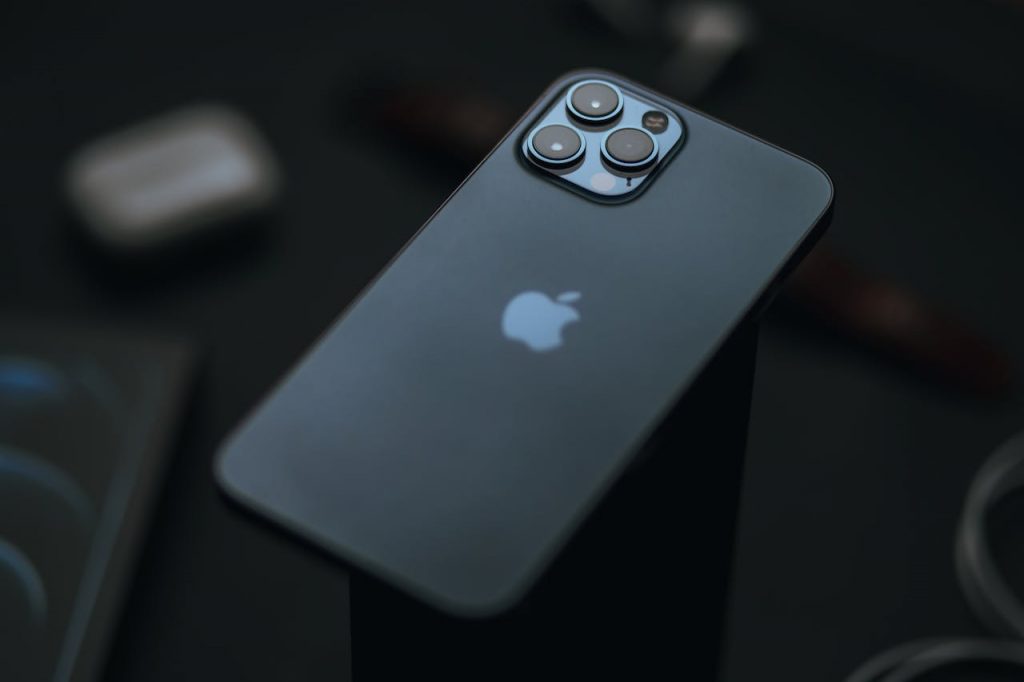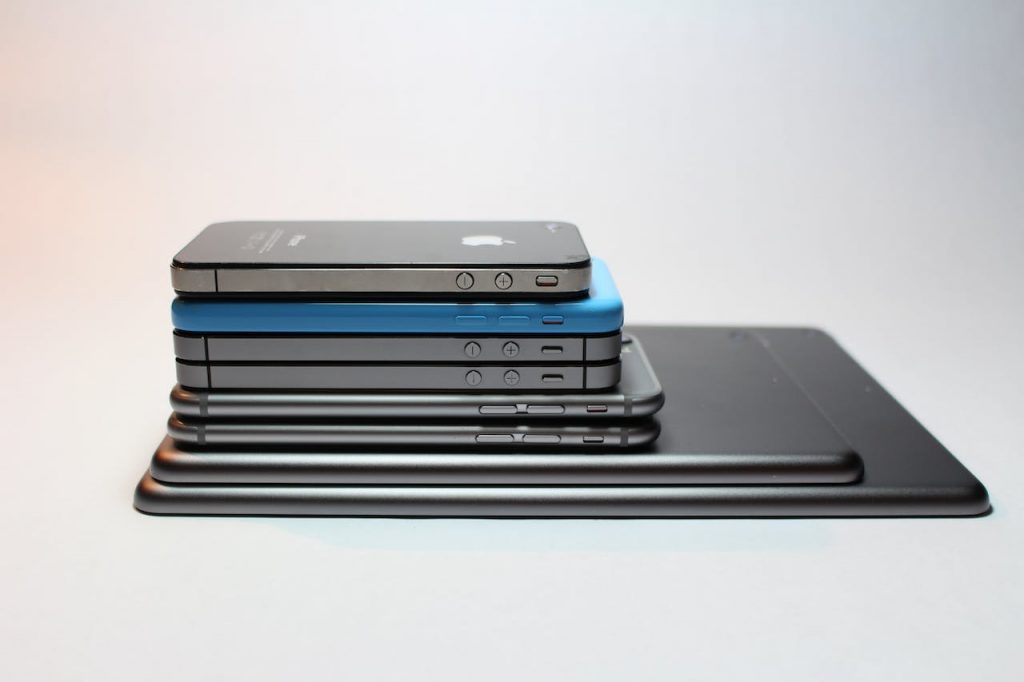In the ever-evolving world of technology, consumers are bombarded with innumerable choices when it comes to purchasing smartphones.
From brand-new devices to those labelled as “used,” “as-new,” “refurbished,” and even “ReLoved,” —the distinctions may seem subtle but hold significant implications for the environment.
Today’s article seeks to delve into these differences to enable users to make informed decisions that align with a sustainable future.
Differences between New vs Used vs As-New vs Refurbished vs ReLoved Devices
The key distinctions between new, used, as-new, refurbished, and ReLoved devices principally lie in the condition and source of the devices. Let’s illustrate this better, shall we?
What is a new device?
As the name suggests, a new device is fresh off the manufacturing line. Such devices have never been owned or used by anyone else, and come with the latest features, specifications —and often a hefty price tag.
While the allure of having the latest gadget is undeniable, the environmental impact of constant production and disposal raises concerns. For context, the rapid turnover of electronic devices inadvertently contributes to a surge in electronic waste (e-waste),
Furthermore, energy-intensive production of new devices typically results in substantial carbon footprints.
What is a used device?
A used device is one that has previously belonged to and been in use by someone else. These devices might show signs of wear and tear, and their specifications may not be as cutting-edge as the newest models.
However, opting for a used device can significantly contribute to reducing electronic waste and lessening the carbon footprint associated with manufacturing new gadgets.

What are ‘as-new’ devices?
“As-new” devices, like those found in myhalo’s CircularXchange, bridge the gap between new and used. These devices are typically from display, demo, or end-of-line brand-new units. Let’s explore each of these categories:
Display units
Display units, also known as floor models, have been used for display purposes in retail stores. They are typically in good condition even though potential buyers may have handled them. Sold at a discounted price, these display unit devices may serve as a sustainable option for consumers.
Demo units
Similar to display units, demo units have been used for demonstration purposes in retail stores. They may have been powered on to showcase the phone’s features, offering a hands-on experience for customers.
Demo units are often sold at a lower price, contributing to a circular economy by extending the life of these devices.
End of the line unit
End-of-the-line units are phones that are no longer in production or have reached the end of their lifecycle. These may be new, unused units from older stock, offered at discounted prices to clear out remaining inventory.
Opting for end-of-the-line units aligns with sustainability goals by preventing the premature disposal of still-functional devices.
What is a refurbished device?
Refurbished devices, while often misunderstood, undergo a process where the exterior casing is changed to make the phone look new. However, non-original parts might be used in the refurbishment process.
This can result in the loss of the device’s original waterproofing or functionality. The intention behind refurbishing is to give a device a second life, but the environmental trade-offs need to be considered.
What are ReLoved devices?
ReLoved devices, as promoted by myhalo, prioritise top-quality internal components. Unlike refurbished devices, the casing is not changed, retaining the original waterproofing.
Only premium-quality devices are selected for resale, ensuring that the devices maintain all original parts. The core concept behind ReLoved is to extend the lifespan of devices, contributing to a circular economy with zero e-waste.
myhalo’s commitment to CircularXchange reflects a dedication to sustainability, making it a leader in the refurbished device market.
The emphasis on retaining original parts aligns with the principles of a circular economy by reducing carbon footprints associated with manufacturing new components. Alternatively, this may mean creating a positive environmental impact, known as a Carbon Handprint.
Manufacturer refurbished vs. seller refurbished
Distinguishing between manufacturer-refurbished and seller-refurbished devices is crucial for consumers looking to make sustainable choices.
Manufacturer refurbished devices, often fall under the “as-new” category. These may include those returned due to faults and refurbished with new parts. While this can provide warranty assurance, introducing new components contributes to the carbon footprint.
On the other hand, reputable sellers like myhalo focus on seller-ReLoved devices. These devices undergo stringent quality checks, covering aspects like the camera, buttons, battery, Bluetooth, speaker, and screen. Purchasing seller-ReLoved pieces not only ensures quality but also contributes to a greener future by minimising e-waste.
Can refurbished devices perform as well as new ones?
The performance of refurbished devices compared to new ones largely depends on the quality of the refurbishment process. While some may perform as well as new devices, others might exhibit performance issues.
In contrast, ReLoved devices, with their emphasis on retaining original parts, offer reliable performance comparable to new devices.
The environmental impact: ReLoved vs. new devices
Exploring the environmental impact of ReLoved versus new phones reveals a significant narrative in sustainable technology. Choosing between refurbished (‘ReLoved’) and brand-new devices is not just a matter of cost, but a crucial decision impacting our planet’s health.
Let us explore the concept of ‘Circular economy’ to understand this better.
The ‘Circular Economy’
The concept of a circular economy principally revolves around the idea of minimising waste and making the most of existing resources.
myhalo’s CircularXchange plays a vital role in promoting the circular economy by extending the 2nd and 3rd life cycles of devices.
By choosing ReLoved devices, consumers actively participate in this sustainable cycle, contributing to a future with zero e-waste.
Is it better to buy ReLoved or new?
Opting for ReLoved devices presents a compelling case for several reasons.
First, they come within a fraction of the budget compared to new devices.
Second, they often come with seller warranties, providing peace of mind to consumers. Most importantly, choosing ReLoved devices supports the mission of minimising e-waste and fostering a greener environment.

Making the right choice for you and the planet
In their quest for a new smartphone, consumers should weigh the options based on their personal needs and values.
While new devices offer the latest features, the environmental cost is significant. As-new and refurbished devices provide a middle ground, but the use of non-original parts raises concerns.
ReLoved devices, with their commitment to retaining original parts and contributing to the circular economy, emerge as a sustainable choice. By actively choosing ReLoved devices, consumers become champions in the fight against e-waste, leaving a positive carbon handprint on the planet.
Conclusion
All things considered, new devices are unused and originate directly from the manufacturer. Used devices have had previous owners with varying conditions. On the other hand, ReLoved devices are refurbished products (with original parts) that undergo stringent testing and repairs before being resold by the seller.
In the rapidly advancing world of technology, the choices we make as consumers have far-reaching implications for the environment.
myhalo, through its CircularXchange initiative, stands at the forefront of the refurbished device market, offering consumers a sustainable alternative.
As we navigate the options of new, used, refurbished, and ReLoved devices, let’s choose a path that not only meets our technological needs but also contributes to a future with reduced e-waste and a healthier planet.
